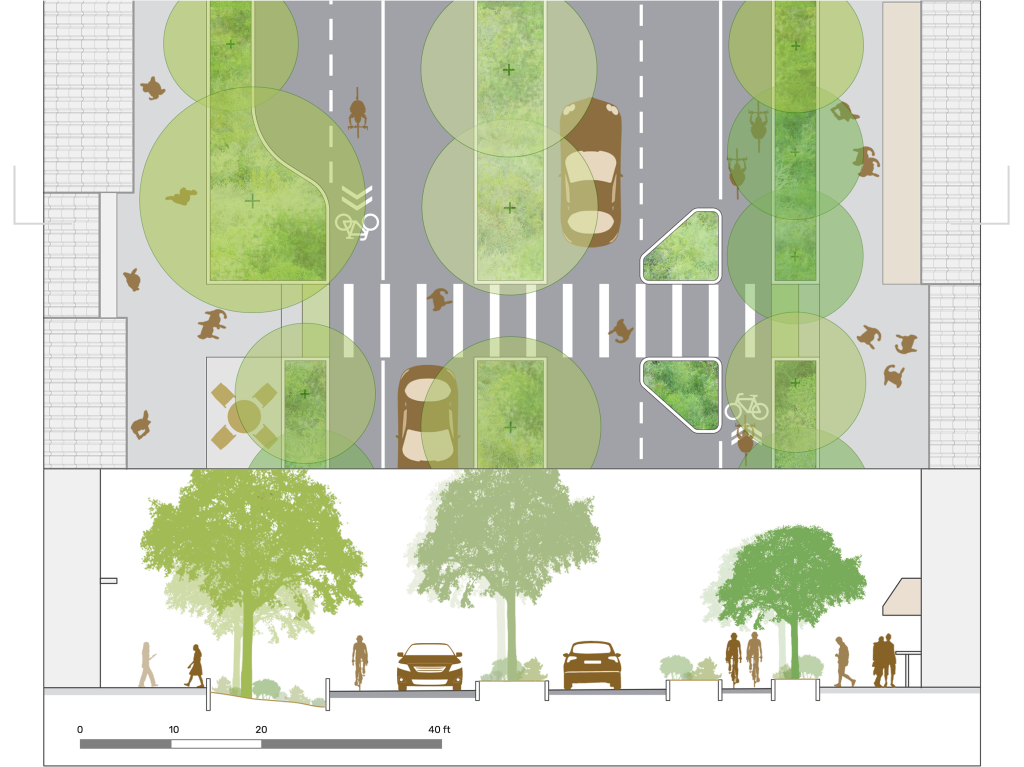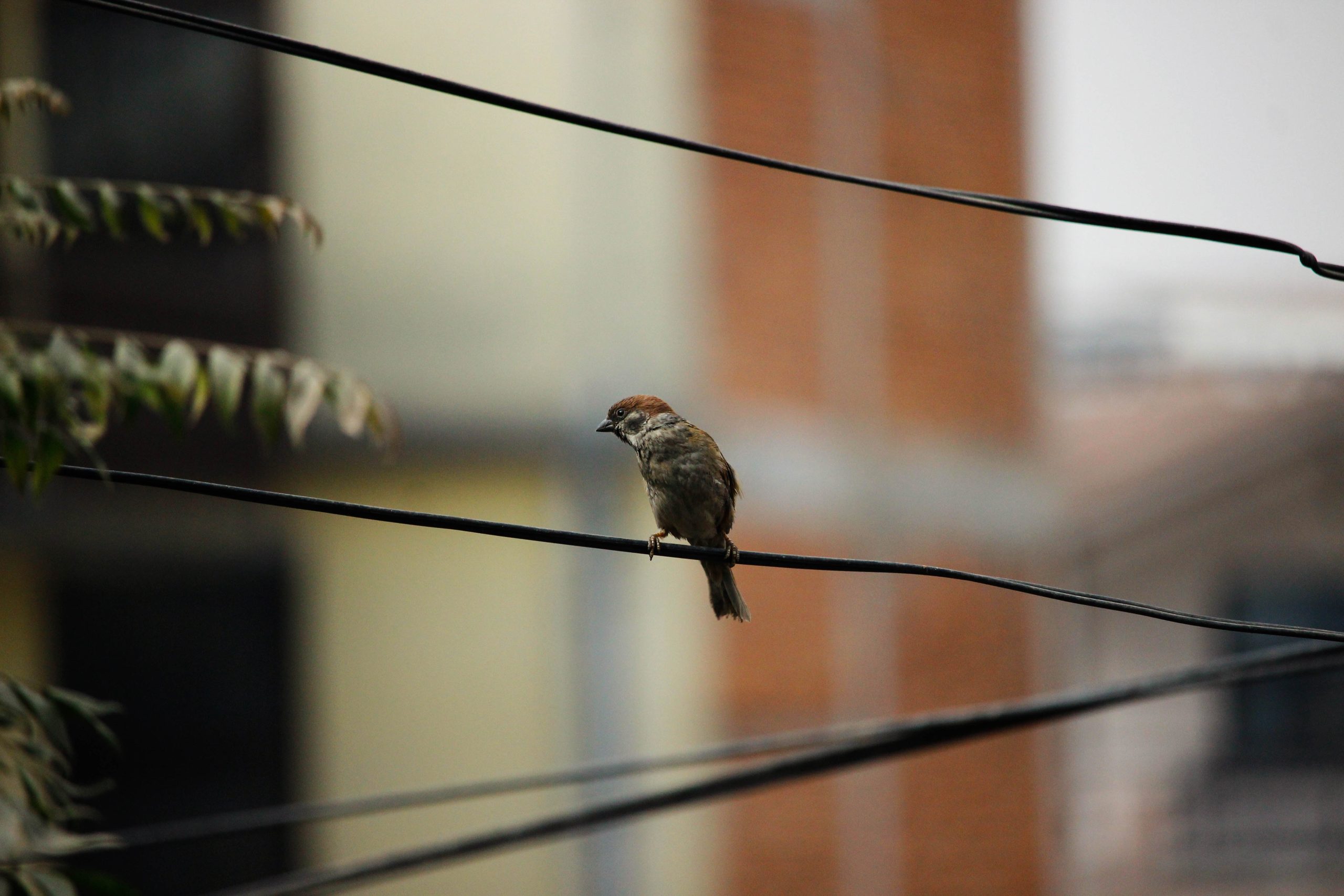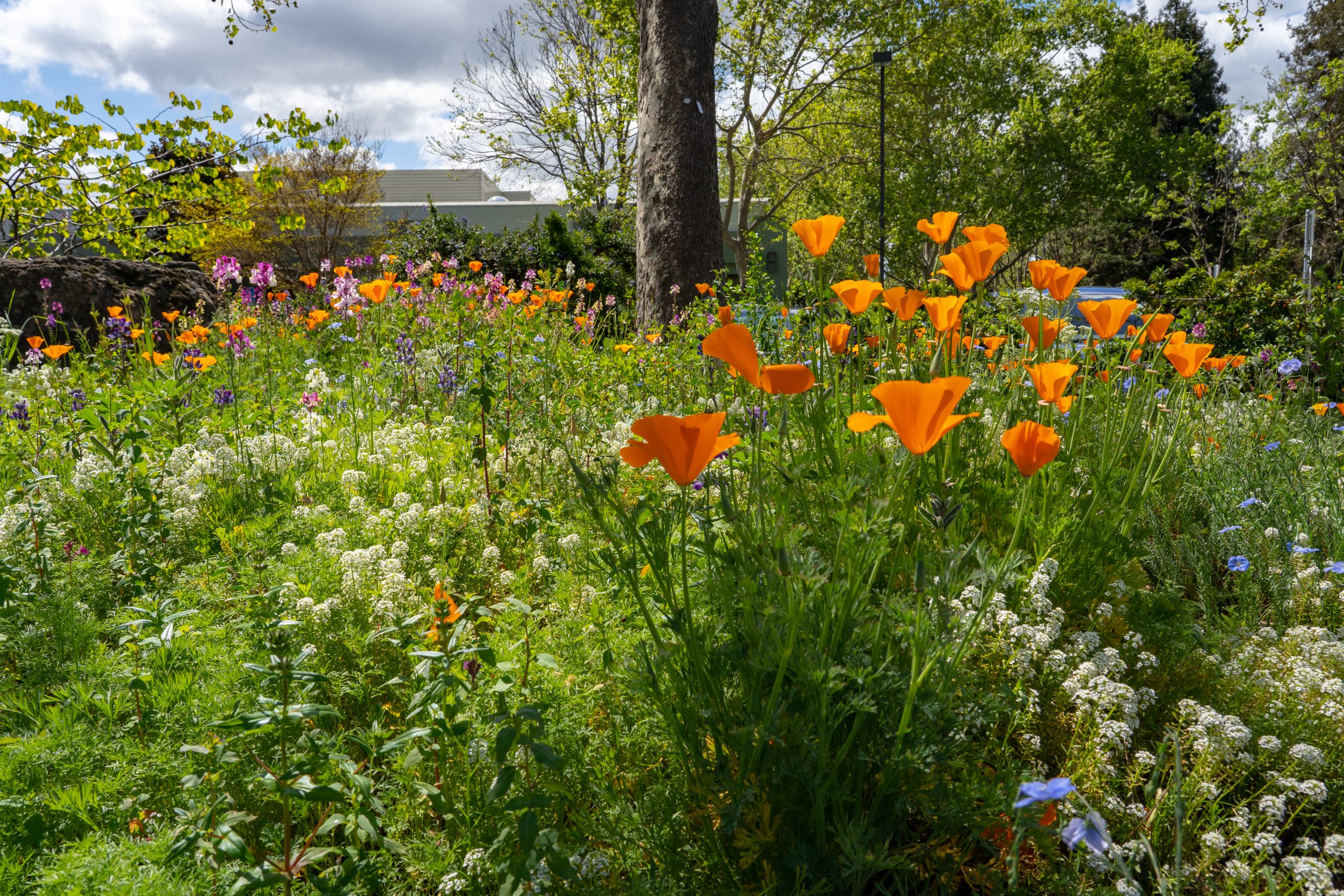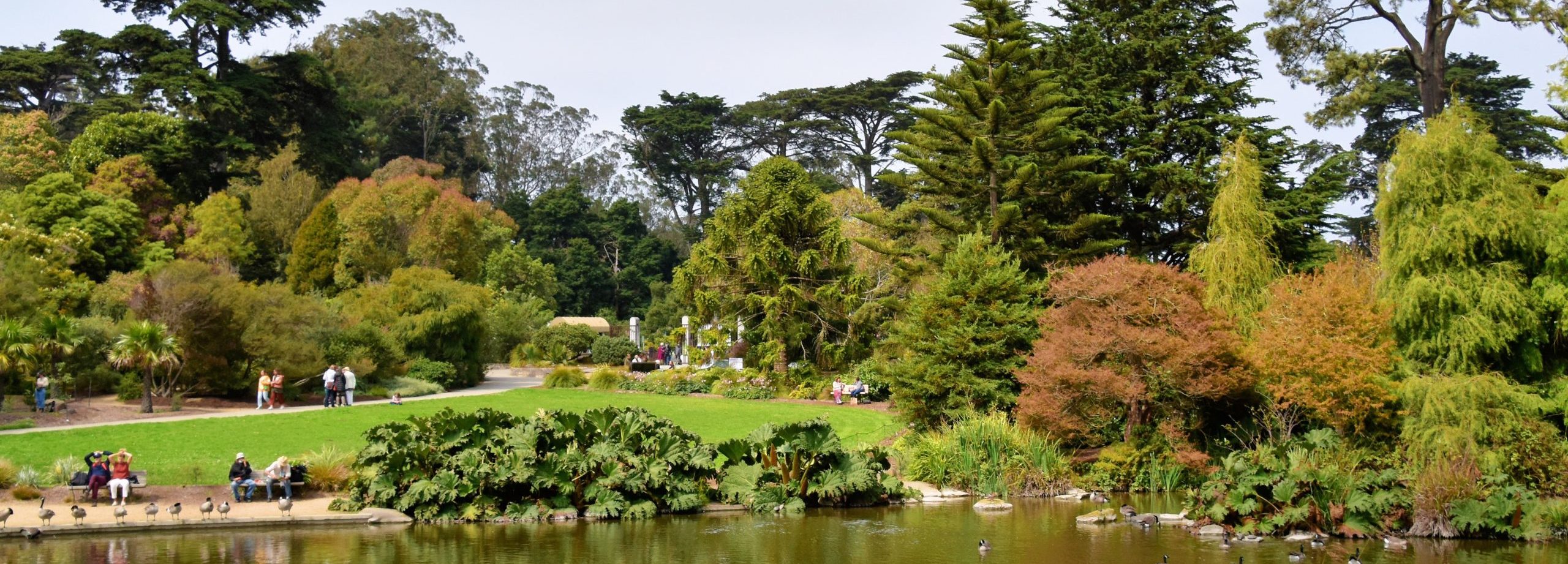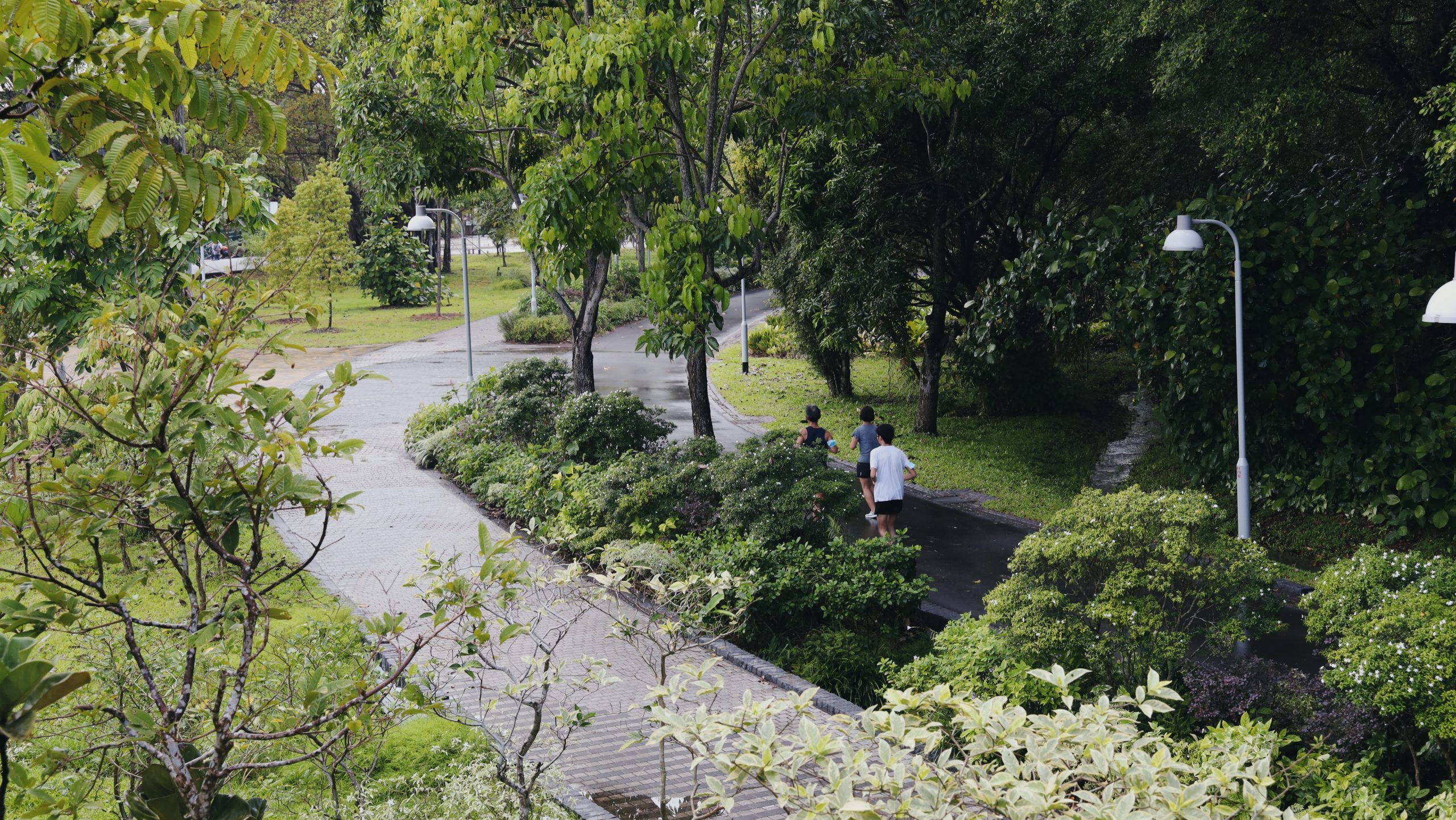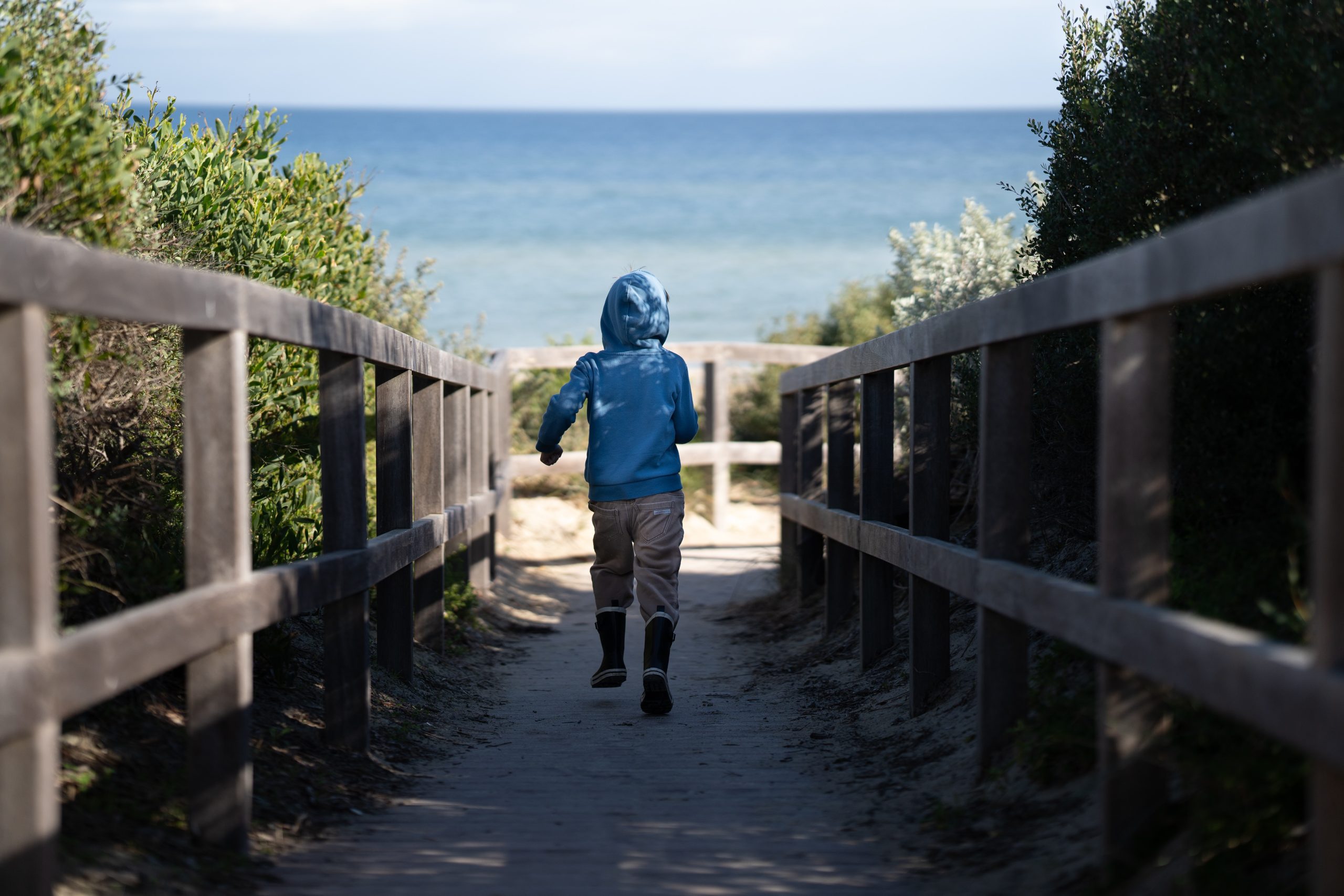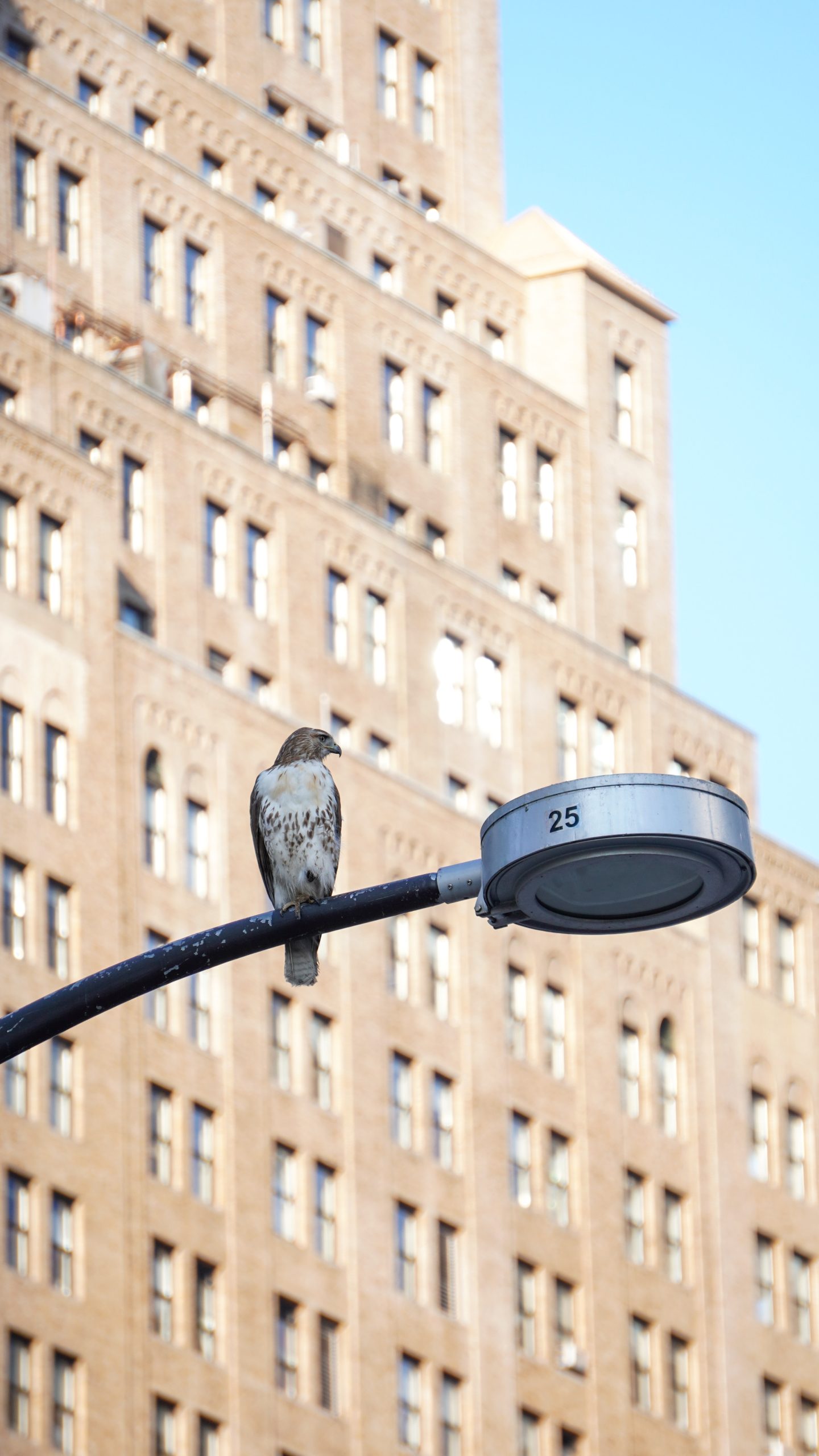Streetscapes
Image credits: Shira Bezalel, SFEI
The streetscape is made up of multiple elements: the roadway, sidewalks, street trees, planters, furnishings (benches, trash cans, street lights, etc.), drainage features and infrastructure for bikes and public transit. Streets often make up the largest contiguous public spaces within cities and provide for the movement of both vehicles and people.
Biodiversity role:
Although growing conditions can be some of the harshest in the urban environment, vegetated streetscapes can provide limited habitat for urban-adapted species and serve as corridors for wildlife.
Human health role:
With intentional design, streetscapes can support community health through encouraging walking and biking and by creating public space for social interaction, exercise, and play. Mature tree canopy can provide local relief from sun exposure, extreme heat and air pollution.
Key tensions and tradeoffs:
Street trees can conflict with infrastructure and have high maintenance costs. Preserving scenic views and space for traffic, rather than biodiversity, may be a high priority on large arterial streets. Native vegetation may not survive the harsh conditions of streetscapes, while fruiting vegetation or other resources may create hazards by attracting wildlife to roadways.
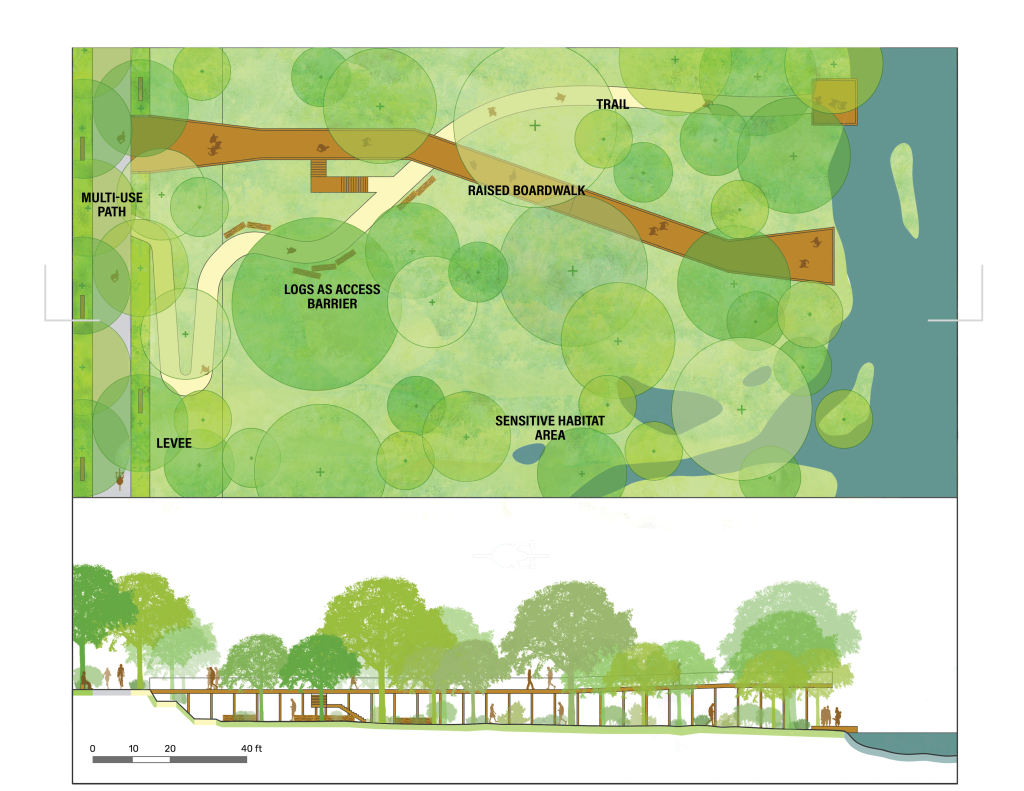
Mature street tree canopy
Site street trees close enough for mature tree canopies to overlap, providing connections through the site for less mobile species, and provide sufficient soil volume to ensure trees can grow to maturity. Achieving 40% block-scale tree canopy cover has been shown to have wildlife and cooling benefits.
Vegetated verges
Plant vegetation along linear transportation infrastructure (roads, active railroads) networks to facilitate connectivity for both humans and wildlife. Design and management decisions that allow visibility and control crossings should be implemented to prevent vehicles striking pedestrians and wildlife.
Reduced speed limits on adjacent roadways
Lower traffic speeds to encourage physical activity and public use. Lower speeds may also increase wildlife movement and reduce car strikes.
Bulbouts and chicanes
Install traffic control features, such as bulbouts and chicanes, to reduce vehicle speeds, increase safety for people and wildlife and increase physical activity by children. Well-designed bulb-out and chicane interventions can also replace impervious surfaces with potential habitat area.
Reduced road width
Reduce the road area on streets and replace with passive use areas for pedestrians such as seating or picnic spaces to provide moments for rest, interaction, and observation. Reduced road width can also reduce vehicle speeds.
Green stormwater infrastructure
Incorporate features such as green bioretention cells, flow-through planters, and infiltration basins within streetscapes. Compared to conventional infrastructure equivalents, roadside bioswales can support increased richness and abundance of birds and insects.
Overpasses and underpasses
Create safe roadway crossings for wildlife to avoid car strikes and deaths. Safe crossings are particularly important on roads with high speeds. Different wildlife species may need different types of crossings, so crossing designs should be informed by focal species assessments.
Click on each image subtitle on the left to learn more
Mature street tree canopy
Site street trees close enough for mature tree canopies to overlap, providing connections through the site for less mobile species, and provide sufficient soil volume to ensure trees can grow to maturity. Achieving 40% block-scale tree canopy cover has been shown to have wildlife and cooling benefits.
Vegetated verges
Plant vegetation along linear transportation infrastructure (roads, active railroads) networks to facilitate connectivity for both humans and wildlife. Design and management decisions that allow visibility and control crossings should be implemented to prevent vehicles striking pedestrians and wildlife.
Reduced speed limits on adjacent roadways
Lower traffic speeds to encourage physical activity and public use. Lower speeds may also increase wildlife movement and reduce car strikes.
Bulbouts and chicanes
Install traffic control features, such as bulbouts and chicanes, to reduce vehicle speeds, increase safety for people and wildlife and increase physical activity by children. Well-designed bulb-out and chicane interventions can also replace impervious surfaces with potential habitat area.
Reduced road width
Reduce the road area on streets and replace with passive use areas for pedestrians such as seating or picnic spaces to provide moments for rest, interaction, and observation. Reduced road width can also reduce vehicle speeds.
Green stormwater infrastructure
Incorporate features such as green bioretention cells, flow-through planters, and infiltration basins within streetscapes. Compared to conventional infrastructure equivalents, roadside bioswales can support increased richness and abundance of birds and insects.
Overpasses and underpasses
Create safe roadway crossings for wildlife to avoid car strikes and deaths. Safe crossings are particularly important on roads with high speeds. Different wildlife species may need different types of crossings, so crossing designs should be informed by focal species assessments.
Relevant Design Details
Design details are non-site specific strategies to include throughout the design and management of all urban greenspaces. Typical contexts and documents in which these strategies may be relevant include: (1) Project design and construction documents (ex. site plans and design details, planting schedules, and specifications); (2) Design standards and typical details for a park system or other greenspace type; (3) Operations and management plans.
s

